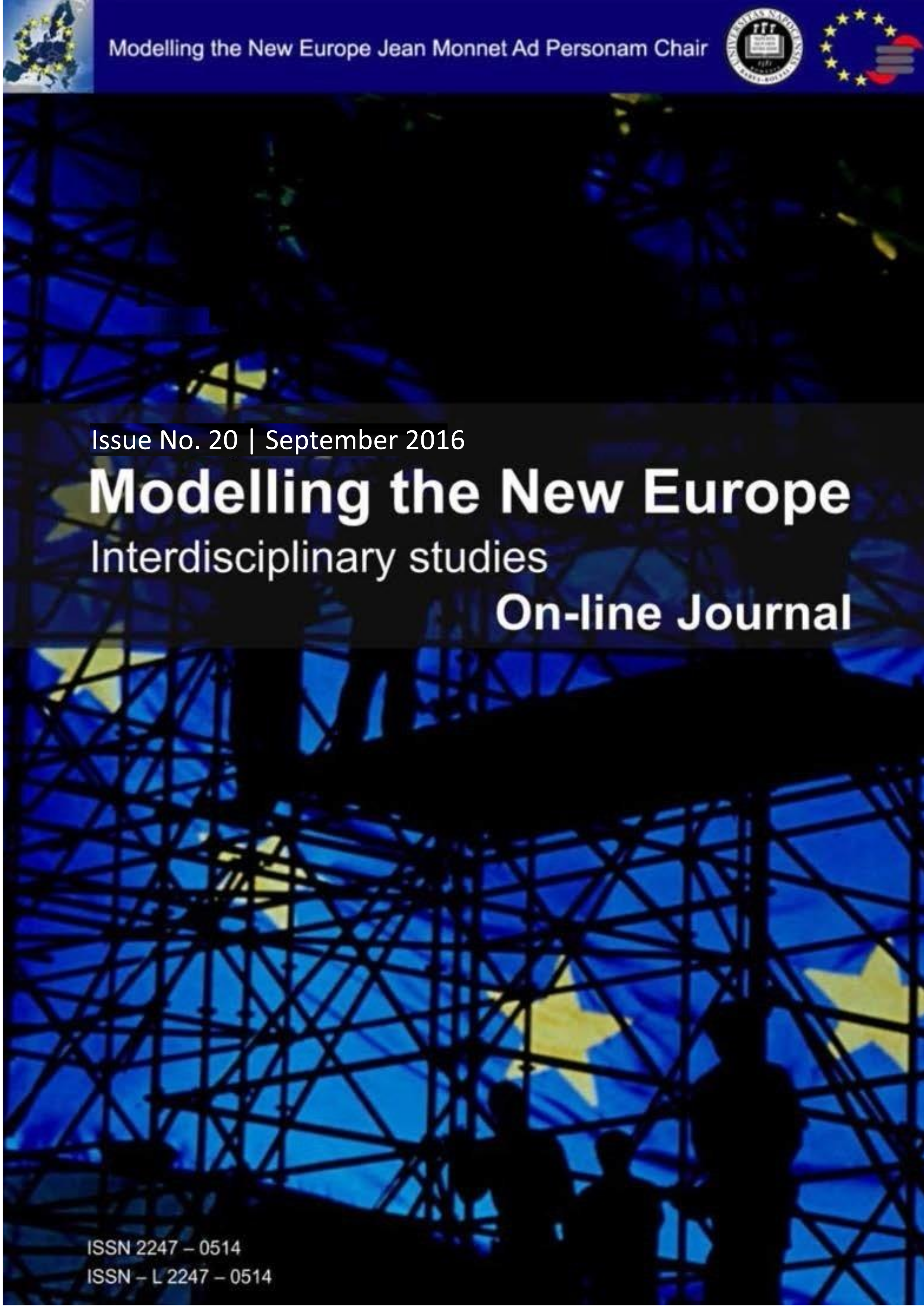FORMAL VERSUS SUBSTANTIVE REGIONALIZATION IN EU SEEN THROUGH THE RULE OF LAW PERSPECTIVE
FORMAL VERSUS SUBSTANTIVE REGIONALIZATION IN EU SEEN THROUGH THE RULE OF LAW PERSPECTIVE
Author(s): Georgi DimitrovSubject(s): Politics / Political Sciences
Published by: Facultatea de Studii Europene -Universitatea Babeş-Bolyai
Keywords: Rule of law; anticorruption policy; clustering; quasi-regions
Summary/Abstract: The paper targets a policy problem concerning the EU’s changing approach to the rule of law (RoL) – from lip service in its constituting documents to a major accent in the current enlargement policy towards new candidate states. More to that since 2014 the EU has launched a new policy to safeguard the RoL. However the effectiveness of the policy depends on the adequacy of the identification of the social problem which finds a huge variety of forms of manifestation. Here a novel analytical instrument is proposed whose implementation reveals that in a conventional European anti-corruption 15-thlon the participants show results so various as to be hardly comparable: the differences between the top positions and the lowest are of the order of 5 times. The results of comparisons between EU member states, based on quantitative indicators regarding the “political geography” of the affirmation of RoL, have made evident that the usual clichés of European regions are meaningless in this particular regard: the former communist countries may have once been tied together in a common military-political bloc but today they are national societies that differ significantly from one another. The CEECs are actually more diverse than homogeneous; in terms of RoL the Balkan countries (and the Baltic countries as well) do not belong to an integral region in the way the Scandinavian counties do. Hence, a typologically diversified policy approaches are most needed if the effectiveness is what the European citizens require.
Journal: Online Journal Modelling the New Europe
- Issue Year: 2016
- Issue No: 20
- Page Range: 24-46
- Page Count: 23
- Language: English

